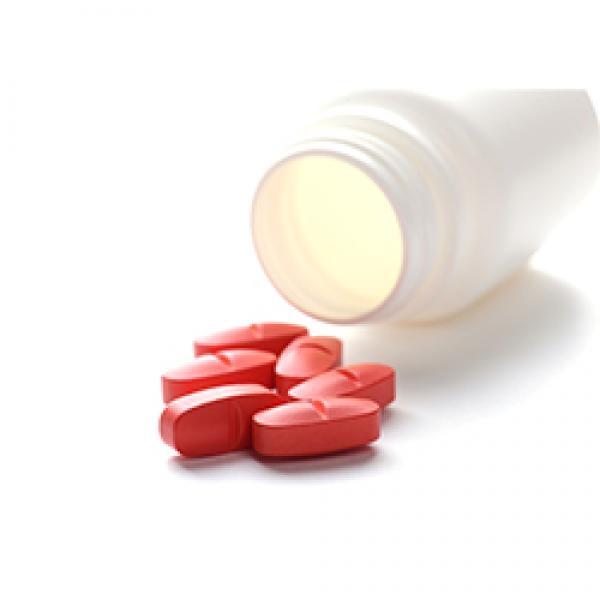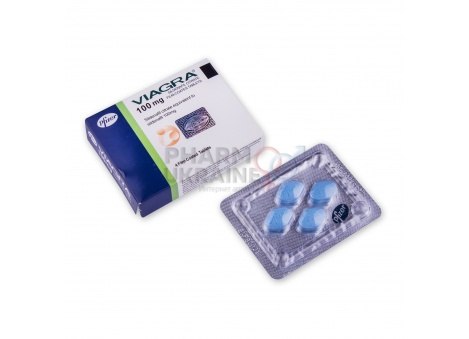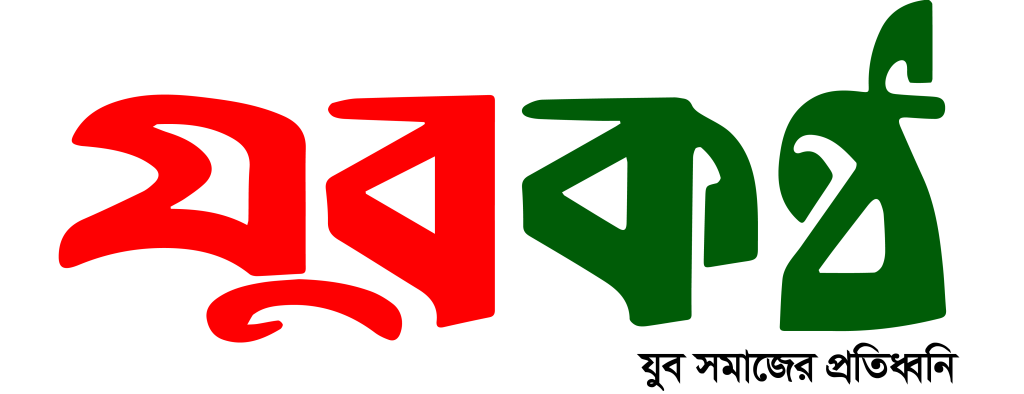

Understanding Muskelavslappende Midler: Benefits, Usage, and Considerations
Muskelavslappende Midler, or muscle relaxants, are medications that help alleviate muscle tension and pain. They are commonly prescribed for various conditions, including back pain, spasms, and neurological disorders. These medications work by interrupting the communication between the nerves and the muscles, allowing for relaxation. To learn more about these medications, visit Muskelavslappende Midler https://velvaereapotek.com/muskelavslappende-midler/.
The Mechanism of Action
Muscle relaxants can be categorized into two main types: central and peripheral muscle relaxants. Central muscle relaxants, such as carisoprodol and cyclobenzaprine, act on the central nervous system to reduce muscle contractions. These medications are effective in providing relief from acute muscle spasms and discomfort, often stemming from injuries or chronic conditions.
Peripheral muscle relaxants, on the other hand, work directly on the muscle tissue or the neuromuscular junction, thereby inhibiting muscle contractions. Examples include medications like baclofen and tizanidine. Understanding the difference in these mechanisms can help healthcare providers tailor treatment plans to individual needs.
Common Uses of Muskelavslappende Midler
Muskelavslappende Midler are primarily used to treat conditions characterized by muscle spasms, pain, and rigidity. Here are some common conditions for which muscle relaxants are prescribed:
- Acute Back Pain: Muscle relaxants are often combined with analgesics to enhance pain relief and mobility.
- Fibromyalgia: This chronic condition can cause widespread muscle pain, making muscle relaxants an important part of the management plan.
- Multiple Sclerosis: Spasticity associated with MS can significantly impair quality of life; muscle relaxants can help alleviate this symptom.
- Cerebral Palsy: In children and adults with cerebral palsy, muscle relaxants can relieve tension and improve mobility.
Benefits of Muscle Relaxants
The primary benefit of muskelavslappende midler is their ability to provide rapid relief from muscle spasms and associated pain. Patients often experience improved mobility and decreased discomfort, which can significantly enhance their overall quality of life. Additionally, muscle relaxants can be beneficial in rehabilitation settings, assisting patients in regaining functionality after injury.
Side Effects and Considerations

While muscle relaxants can be effective, they also come with potential side effects. Common side effects include:
- Drowsiness
- Dizziness
- Dry mouth
- Constipation
These side effects may impact daily functioning and should be discussed with a healthcare provider. Additionally, muscle relaxants should not be used for prolonged periods without medical supervision, as dependency can occur, particularly with certain central muscle relaxants.
Interactions with Other Medications
Patients taking muskelavslappende midler should be aware of potential interactions with other medications. It is crucial to inform healthcare providers about all medications currently being taken, including over-the-counter drugs, supplements, and herbal remedies. Muscle relaxants may interact negatively with:
- Other central nervous system depressants (e.g., alcohol, benzodiazepines)
- Antidepressants
- Antihistamines
Such interactions can increase the risk of excessive sedation or respiratory depression, making it essential to have a thorough medication review.
Alternatives to Muscle Relaxants
For some individuals, alternative therapies may provide effective relief without the side effects associated with muscle relaxants. These alternatives include:
- Physical therapy: Tailored exercise and stretching programs can help alleviate muscle tension.
- Massage therapy: Professional massage can promote relaxation and decrease muscle stiffness.
- Heat and cold therapy: Applying heat or cold packs can provide immediate relief for muscle tension and spasms.
- Acupuncture: This traditional Chinese medicine technique may help restore balance and relieve discomfort.
Conclusion
Muskelavslappende midler can offer significant relief for individuals suffering from muscle spasms and pain. However, their use must be carefully monitored to avoid side effects and drug interactions. Additionally, alternative therapies may provide effective relief for some patients. Always consult with a healthcare provider before starting or discontinuing any medication to ensure it aligns with your health needs and lifestyle.
In summary, understanding the role of muscle relaxants, their benefits, and their limitations can empower patients to make informed decisions about their treatment options and improve their overall well-being.







